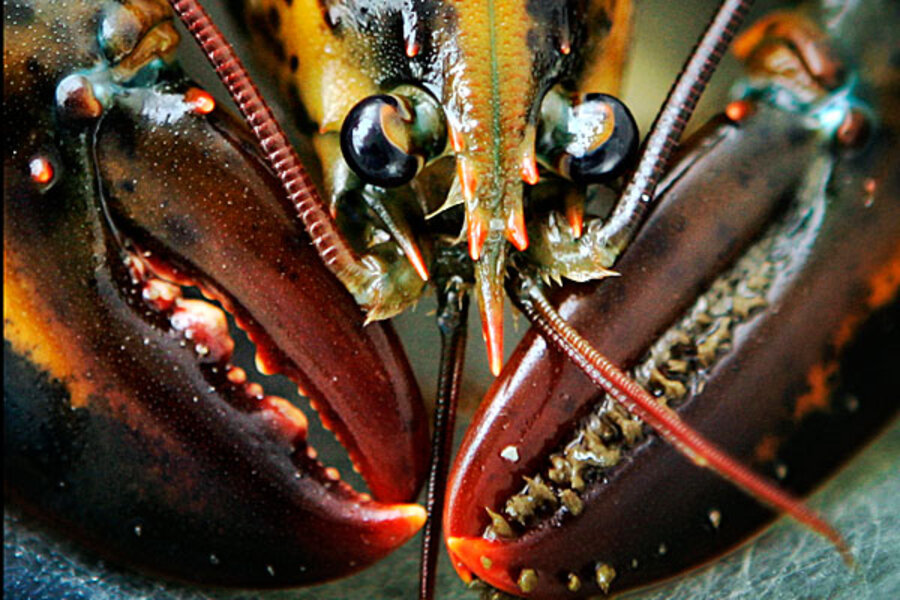How old is a lobster? Check his eyestalk
| Portland, Maine
For the first time, scientists have figured out how to determine the age of a lobster — by counting its rings, like a tree.
Nobody knows how old lobsters can live to be; some people estimate they live to more than 100.
But knowing — rather than simply guessing — their age and that of other shellfish could help scientists better understand the population and assist regulators of the lucrative industry, said Raouf Kilada, a research associate at the University of New Brunswick who was the lead author of a scientific paper documenting the process.
Before now, scientists deduced a lobster's age judging by size and other variables. But it's now known that lobsters and other crustaceans, such as crabs and shrimp, grow one ring per year in hidden-away internal spots, Kilada said.
RECOMMENDED: Are you scientifically literate? Take the quiz
"Having the age information for any commercial species will definitely improve the stock assessment and ensure sustainability," he said after presenting his findings Thursday at a scientific conference in Portland.
Scientists already could tell a fish's age by counting the growth rings found in a bony part of its inner ear, a shark's age from the rings in its vertebrae and a scallop or clam's age from the rings of its shell.
But crustaceans posed a problem because of the apparent absence of any permanent growth structures. It was thought that when lobsters and other crustaceans molt, they shed all calcified body parts that might record annual growth bands.
For their research, Kilada and five other Canadian researchers took a closer look at lobsters, snow crabs, northern shrimp and sculptured shrimp.
They found that growth rings, in fact, could be found in the eyestalk — a stalk connected to the body with an eyeball on the end — of lobsters, crabs and shrimp. In lobsters and crabs, the rings were also found in the so-called "gastric mills," parts of the stomach with three teeth-like structures used to grind up food.
To find the growth bands, the scientists dissected the eyestalks and the gastric mills, cut out sections and viewed them under microscopes.
Lobsters don't lose reproductive capabilities or organ functions or exhibit signs of aging as they get older, but nobody knows for sure how old they can live to be.
"We've thought lobsters could live to 100 years old, and this new aging technique will be a way to document that," said Bob Bayer, executive director of the University of Maine's Lobster Institute.
The paper was published in this month's Canadian Journal of Fisheries and Aquatic Sciences, a well-regarded peer-reviewed scientific journal based in Ottawa, Ontario, that has been published since 1901. Kilada's was one of more than 50 scientific presentations at the conference, attended by more than 100 lobster scientists from the U.S., Canada and Europe.
Bayer agreed that this is the first time scientists have a direct method to place an age on crustaceans.
"Right now we're just guessing at their age," he said.
Kilada said he saw lobster specimens that were 16 or 17 years old during his research. He estimates that there are lobsters 60 or 70 years old living in the wild.
Susan Waddy, a lobster researcher with Canada's Department of Fisheries and Oceans, said she has kept lobsters in her laboratory that are more than 30 years old. She suspects they live to be 40 or 50.
"We know they don't live forever," she said.
RECOMMENDED: Are you scientifically literate? Take the quiz
Copyright 2012 The Associated Press.





